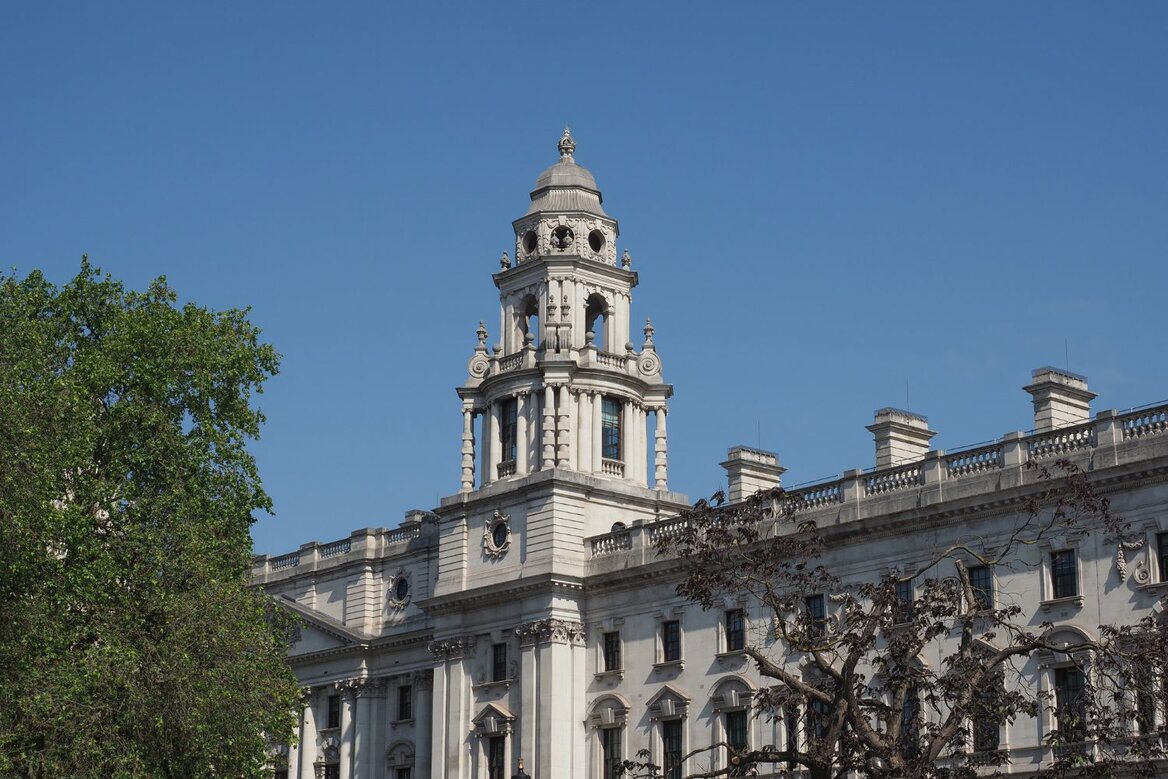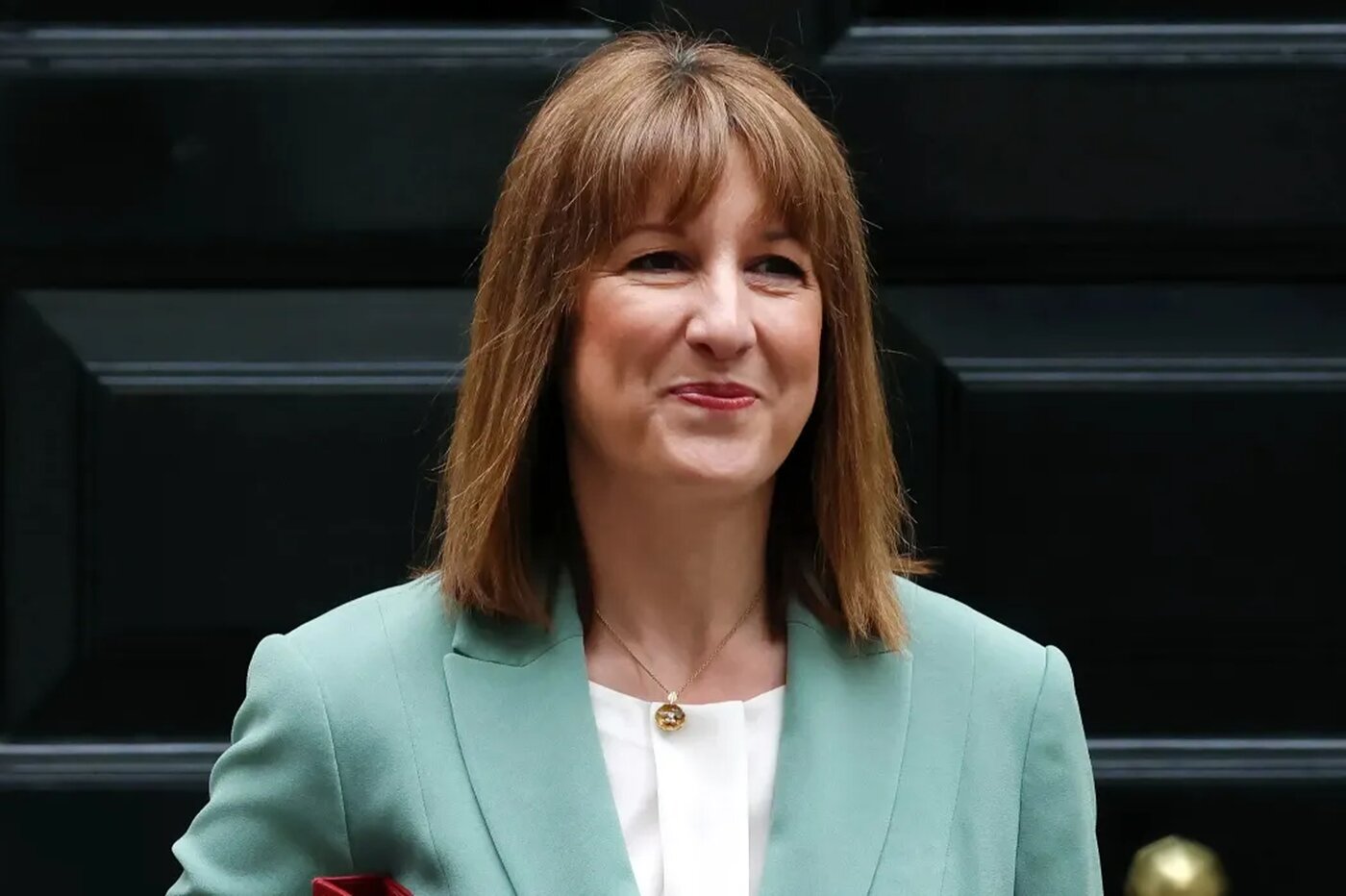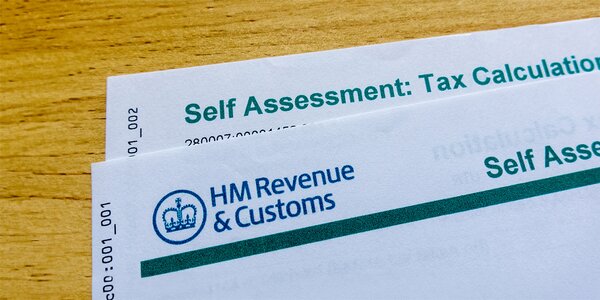Chancellor Rachel Reeves has approved a significant shake-up to how savings interest is taxed, and it could mean millions more savers paying tax without filling in a self-assessment form.
Under the plans, expected to be written into law next year, banks will have to collect National Insurance numbers from all account holders. From April 2027, HMRC will then be able to collect tax on savings interest automatically, deducting it directly from wages for those who exceed their tax-free allowances.
The move is designed to simplify tax collection for high-interest earners, but it also signals a clampdown. With interest rates still higher than in previous years, more savers could find themselves caught in the net. An estimated 3.35 million people are expected to have taxable savings income in 2025, according to The Telegraph.
How the New Rules Will Work
Under the proposed system, if your total interest from savings exceeds your tax-free allowance, HMRC will calculate the tax owed and deduct it directly from your salary via PAYE. This means fewer people will need to complete a self-assessment return just to declare savings interest.
Banks and building societies will begin collecting NI numbers well ahead of the 2027 start date, ensuring the system is ready to track interest earnings accurately.

The Role of the Personal Allowance
Everyone has a personal allowance, currently £12,570, which is the amount you can earn from all income sources before paying income tax. If you don’t use your full allowance on your salary or pension, the remainder can be applied to your savings interest, increasing the amount you can earn tax-free.
The Starting Rate for Savings
If your other income (not including savings interest) is less than £17,570, you may qualify for the starting rate for savings, up to £5,000 in interest tax-free. However, this rate tapers off quickly. For every £1 of other income above your personal allowance, your starting rate reduces by £1. For example, if you earn £16,000 in wages, that’s £3,430 above your personal allowance, leaving you just £1,570 of starting rate relief.

What Happens If You Go Over the Limit
Any savings interest above your allowance is taxed at your normal income tax rate. Under the new rules, instead of waiting for a tax bill or completing a return, HMRC will simply adjust your tax code so the amount is taken from your pay.

Conclusion
The government’s upcoming changes to savings tax collection mark a shift towards automation and tighter compliance. By requiring banks to capture NI numbers and report interest earnings, HMRC will have a clearer picture of who owes what.
For savers, the move could mean less paperwork but also less room for under-the-radar earnings. With interest rates still relatively high, more people may breach their personal savings allowance, making it important to track your earnings and use tax-free accounts like ISAs where possible.











